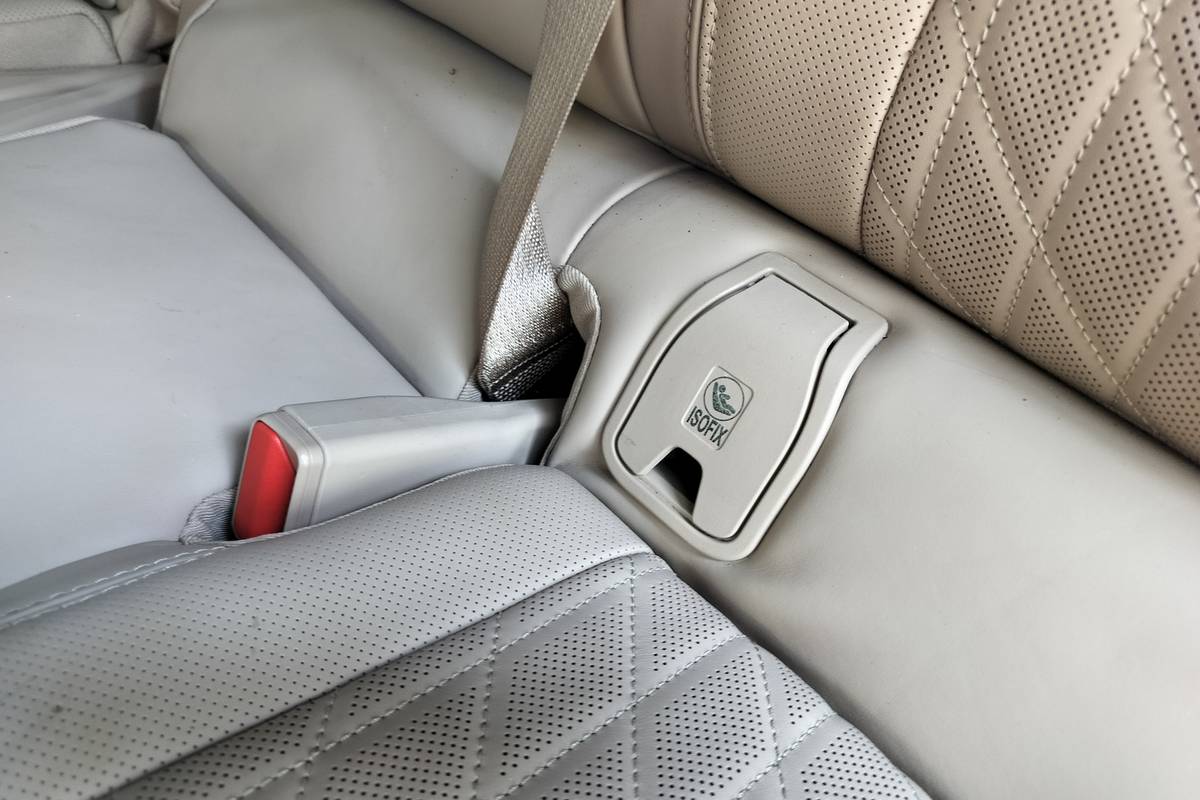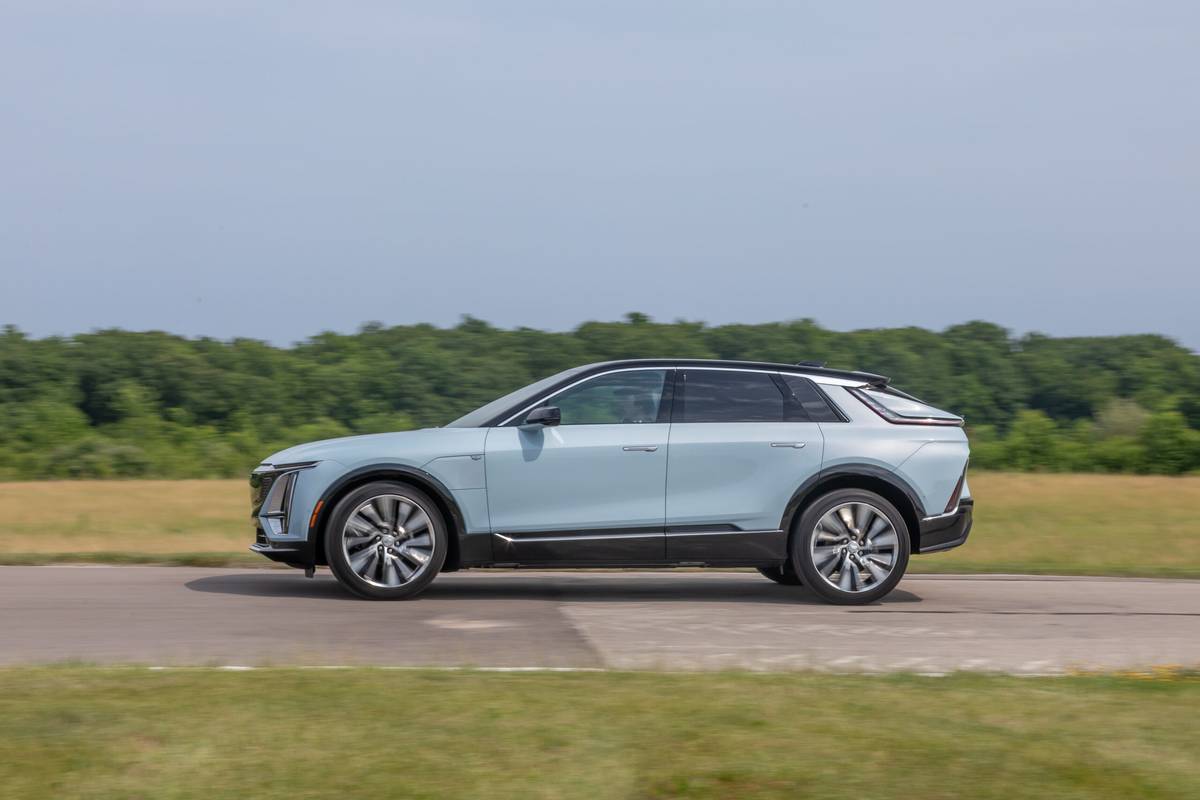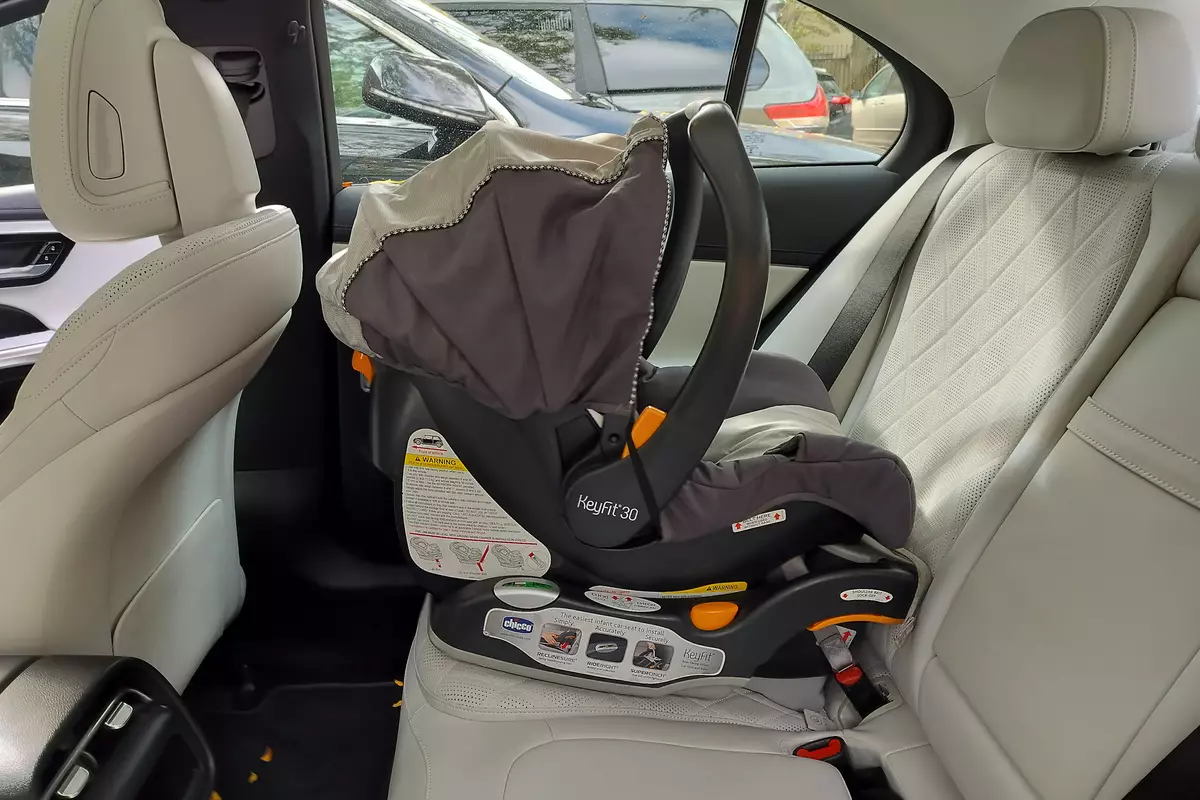Boston.com's view
LYSEKIL, Sweden — We emerged from a cavernous, once-secret underground bunker built to store fighter aircraft. Which was appropriate, since we were driving the redesigned 2008 Saab 9-3, built by a company with aircraft manufacturing in its corporate DNA.
The Saab, long a favorite in New England, has been in need of rejuvenation, and if the 9-3 is an example of where the company is finally heading under General Motors Corp. ownership, it’s a great direction.
This car is not a hot rod (as Saab attempted with the much-maligned Viggen), but it does fill the bill for those who want a little sport in their driving. The revamped 9-3 takes us back to some of Saab’s roots with crisp handling, manageable power, and a striking new look that includes snake-eye headlamps, piercing fog lights, a looming grille, and a clamshell hood that will be evocative for Saab fans of a certain age. Go back any farther and you’ll need to break out the tie-dye and patchouli oil.
The 9-3 has “probably the most expressive face on a Saab to date,” said Ola Granlund, Saab senior designer. Some might debate that, hankering for the fish-mouth grille of old, but no one can argue that Saab’s 9-3 lineup — including sedan, sport wagon, and convertible — constitutes the most aggressive-looking modern-era Saab line.
The 9-3s will come with a variety of engines and transmissions, including 2.0- and 2.8-liter engines with horsepower ranging from 210 to 255 and 280, along with Saab’s classic turbocharging. Outside the United States — at least for now — bio-fuel versions of the 9-3 will also be available. The transmissions will come in five- or six-speeds, manual and manumatic.
General Motors, as it is doing with other lines — notably Saturn — has upgraded the interior quality in this redesign, adding fine and firm leathers, an ergonomic setup at center cockpit for audio, climate, and other controls, and made what is not a really large car feel surprisingly spacious.
The 9-3 is an important line for GM — in fact, almost 70 percent of the Saabs sold in the United States are 9-3s.
“People who buy Saabs are people who would never buy other GM cars,” said Knut Simonsson, Saab’s global sales and marketing director. And there is a Saab cult — just as there are Subaru, Saturn, and Volvo cults.
So what about this new 9-3 with its appeal to sport, a certain culture, and the perceived liberal leanings of its fans?
Well, it will not carve a corner like a scalpel and for someone who can really push a car, there is understeer so common to front-wheel-drive cars. But when you consider the typical Saab enthusiast, this car offers them plenty of sport, understeer be damned.
Also, the manual shifter is a tactile affirmation that a Saab is being driven. In fact, the six-speed automatic with manual option handled the 9-3’s power far better than did the manual.
Swedish drivers do not disobey traffic rules the way Massachusetts motorists do, so flogging the 9-3 required some caution, especially given prominent speed-monitoring cameras along highways in Sweden.
But when we did let it rip, at least momentarily, the pickup in fifth and sixth gears was remarkable, particularly at around 2,700 r.p.m. — a modest bit of spin for so much power.
The handling was crisp, even with a bit of numbness from the steering wheel. But that is where Saab has placed itself with this car — it’s sporting without being frightening.
And wait until you see the “cross-wheel-drive” model that — thanks to good engineering — we managed to keep sideways on a slick test course without wrecking.
Royal Ford can be reached at ford@globe.com
Latest news



